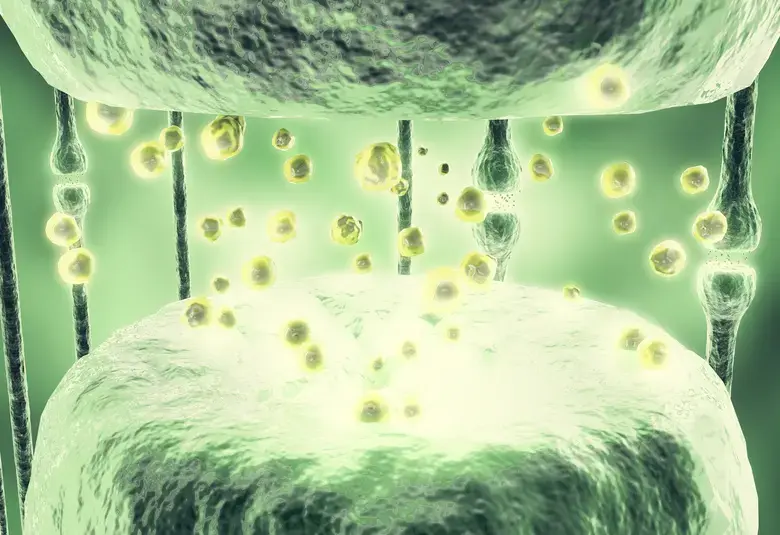Can patients with schizophrenia use a self-assessment tool to evaluate their negative symptoms? As Sonia Dollfus, University of Caen, Caen, France, showed during EPA 2019, yes they can.
SNS – simple, neat, straightforward
The Self-report of Negative Symptoms (SNS) is a short 20-item scale comprised of concise, simple and easy to understand sentences. Its three response choices (strongly agree, somewhat agree, strongly disagree) permit self-evaluation in under five minutes. The five negative dimensions (social, emotion, anhedonia, avolution, alogia) are self-evaluated; and patients are able to report any deficits in motivation and pleasure, as well as their loss of emotion independently of depressed mood.
Validation of SNS revealed a good test-retest reliability, good internal consistency, and tight convergent and divergent validities; and several studies’ results support SNS’s value in screening and rating negative symptoms. Thus, SNS appears to complement observer ratings of negative symptoms and increases patient engagement. Importantly, even at the onset of illness, negative symptoms can be detected.
Self-report of Negative Symptoms appears to complement observer ratings of negative symptoms and increases patient engagement
SNS findings do not necessarily correlated with observer ratings. For example, in depression, self-rating exceeds observer rating and more research is needed to investigate the factors involved in the difference noted between self- and other clinical assessments. At present, differentiating depressive and negative symptoms remains a challenge to overcome.
Brief Negative Symptom Scale – a new observer tool for negative symptom assessment
Alex Hofer, Medical University of Innsbruck, Innsbruck, Austria outlined the potential advantages of a second new tool for reporting negative symptoms - the Brief Negative Symptom Scale (BNSS) - over the Positive and Negative Syndrome Scale (PANSS) when assessing negative symptoms associations with neurocognitive and social cognition indices in patients with schizophrenia.
Neurocognitive impairment is strongly associated with functional outcome; so too are the presence of negative symptoms and social cognition impairment, albeit to a lesser extent. It has been suggested that negative symptoms, in particular ‘avolition-apathy’ and ‘expressive deficit’, and social cognition mediate the impact of neurocognition on functional outcome. Professor Hofer presented the results of a study in which this was investigated.
A total of 150 clinically stable subjects with schizophrenia were recruited. Negative symptoms were assessed using the BNSS. Neurocognition and social cognition were assessed by the Trial Making Test (TMT) A and B, the Symbol Coding Test, and the Facial Emotion Identification Test (FEIT), respectively. Functional outcome was assessed by the Personal and Social Performance scale (PSP).
Of the neurocognitive variables assessed, only TMT-A and the neurocognitive composite score (TMB-TMA) were moderately correlated with expressive deficit. These variables, together with TMT-B, moderately correlated with the PSP global score. Expressive deficit was the only significant mediator of the relationship between the neurocognitive indicator TMT-A and functional outcome.
Expressive deficit was the only significant mediator of the relationship between the neurocognitive indicator TMT-A and functional outcome.
Polish perspectives on new tools
Janusz Rybakowski, Department of Adult Psychiatry, Poznan, Poland presented the preliminary findings of use of the Polish versions of BNSS and SNS, both of which were validated at his workplace.
A small study of 40 stable patients with schizophrenia, as assessed using the Positive and Negative Syndrome Scale (PANSS), were recruited and assessed using both new scales.
Gender difference disappears with self-reporting
These findings confirm the validity and usefulness of both SNS and BNSS in the investigation of negative symptoms in patients with schizophrenia
The BNSS and its subscales showed meaningful correlation with the total PANSS score and with the PANSS original and modified negative symptom subscales. Significantly greater scores were obtained in men compared to women in asociality, avolition, and alogia; a gender difference which was not noted using the self-reported SNS.
There was a high correlation between the respective subdomains of the BNSS and the SNS subscales of asociality, blunted affect, alogia, avolition, and anhedonia; and also, between the BNSS and indexes of impaired social cognition and social functioning. Overall, these findings confirm the validity and usefulness of both scales in the investigation of negative symptoms in patients with schizophrenia.
For the latest updates on sea.progress.im, subscribe to our Telegram Channel https://bit.ly/telePiM
Our correspondent’s highlights from the symposium are meant as a fair representation of the scientific content presented. The views and opinions expressed on this page do not necessarily reflect those of Lundbeck.




